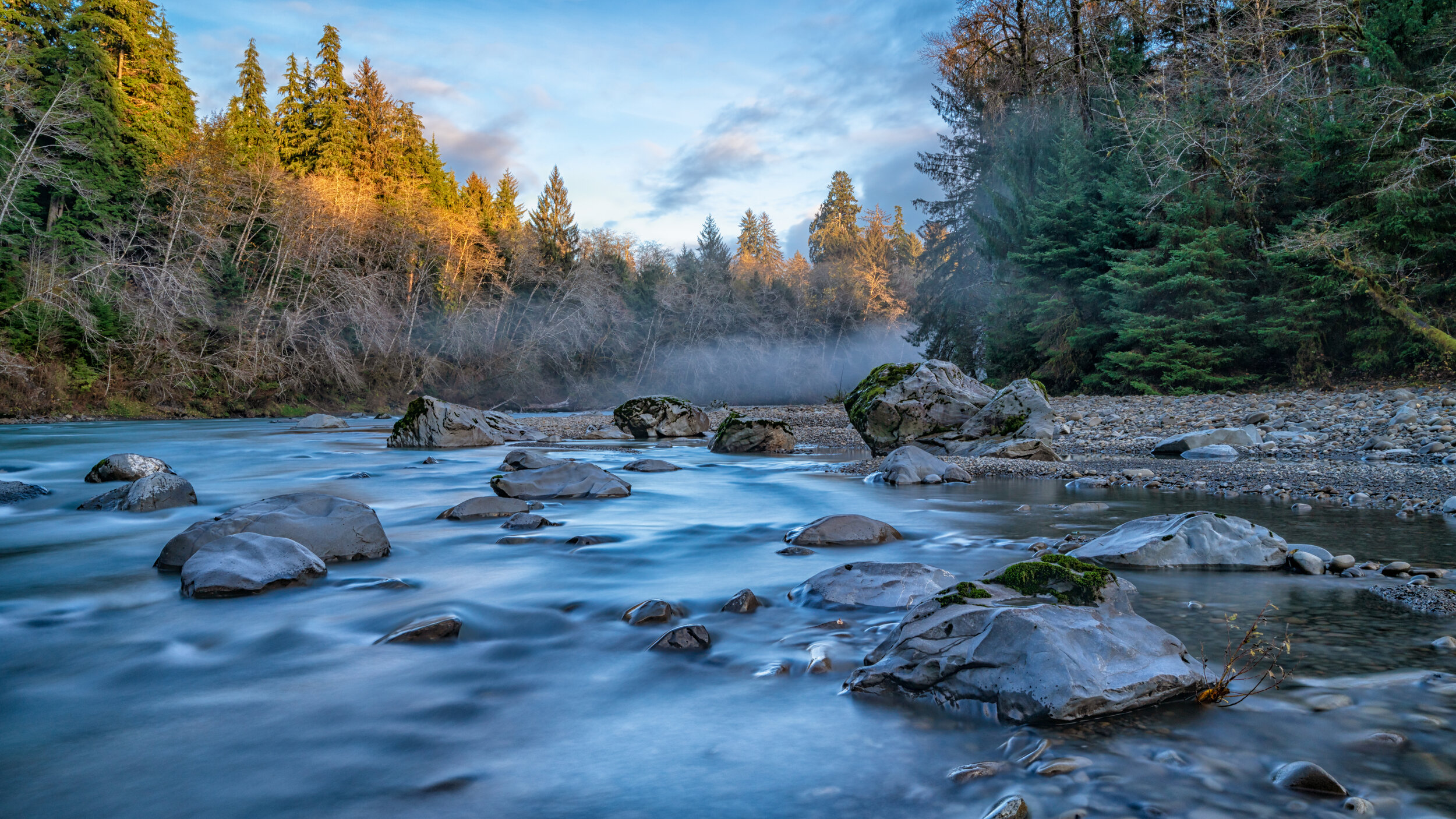2021 Olympic Peninsula and Western WA Steelhead Fishing Rules Break the Mold
Washington Department of Fish & Wildlife’s 2021 escapement projections – the number of fish returning to natal rivers – are alarmingly low for winter steelhead on most Olympic Peninsula Rivers, including the Hoh, Queets, Upper Quinault, Chehalis, Humptulips, and streams flowing into Willapa Bay.
Essentially there are real escapement problems on rivers in the southern range of this region where none of those rivers will meet escapement goals – especially in the Chehalis River watershed for the second year in a row.
Only the Hoh and Greater Quileute (which includes the Bogachiel, Calawah, Dickey, and Sol Duc Rivers) are expected to exceed their escapement goals.
The WDFW engaged in an extensive outreach effort before settling on the proposed regulation amendments for the winter fishing season in 2020 thru 2021. This regulatory regime will reduce the encounter rate, lower the mortality rate, and reduce the effects of angling that can depress spawning success and productivity.
The emergency regulations include these essential conservation measures:
Fishing from a floating device is prohibited.
Selective gear rules are in effect prohibiting the use of bait (including scents or scented materials), except only one single-point barbless hook is allowed.
Anglers must release all wild rainbow trout
TCA supports WDFW’s regulations – we believe they are a good start. Angling pressure from recreational and tribal fishers has been a major factor for the decline – especially since most Puget Sound Rivers have been closed for winter steelhead angling.
TCA advocated for additional regulations to further protect dwindling returns of wild steelhead in Western Washington and on the Olympic Peninsula:
Setting a one-hatchery steelhead bag limit and a requirement to “rack your rod” after taking your limit.
“No guide” periods or “no guide” river reaches to reduce the encounter rates.
Establishing “Limited entry” rules that would allow a maximum daily/weekly number of anglers
Note: Limited entry options could limit the maximum number of non-resident anglers, the maximum number of daily guided anglers, limit or restrict guide licenses, or establish differential daily license fees among residents, non-residents, non-resident aliens. Another option could be to have alternating and periodic closures in-season to provide “no-angling refuge periods” for migrating fish.
Additional gear restrictions to reduce the encounter rates – for example – regulations limiting floats and jigs, but not allow fishing with weight and pegged beads to reduce hooking injuries to adult steelhead and non-target fish.
However, WDFW will not solve this long-term decline with angling regulations alone.
The dire straits the OP and western Washington find themselves in have existed for some time and until 2020, were largely ignored. In Shane Anderson’s film Wild Reverence (released in 2014), the exact crisis was evident -and has been evident for some time.
Anglers refused to change their ways. WDFW and some tribes have continued to rely on hatcheries, and marine productivity levels remained poor (certainly a factor but not clearly and easily within the collective control of the co-managers and individual anglers).
The Conservation Angler believes that the building block of escapement goals is simply set too low – especially given the power of the various fisheries (tribal and sport).
Case Study:
The US v. Washington Court has not ruled on the appropriate biologically based wild winter steelhead escapement goal level on the Queets River, which raises the question of whether ANY fishery is properly authorized in the absence of a court sanction. Therefore, the proposed fishing seasons on the Queets place wild winter steelhead at risk. Plainly the existing state and tribal escapement goals are too low and do not provide adequate adult spawner returns to the spawning grounds.
The Court should direct the co-managers to submit winter steelhead escapement proposals with real scientific supporting data for FAB review and court adoption.
For now, WDFW has adopted a conservative set of angling regulations. TCA supports them. There remains much more to do.



